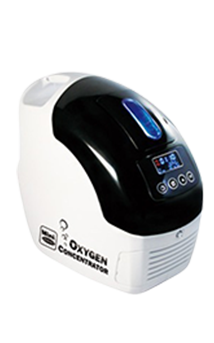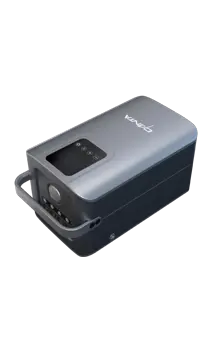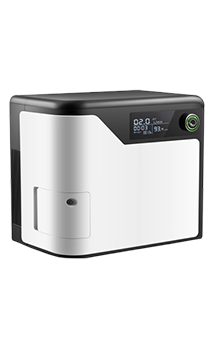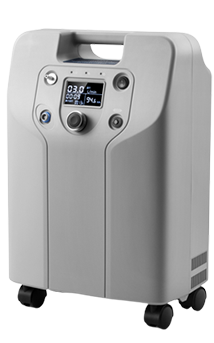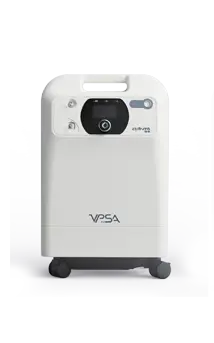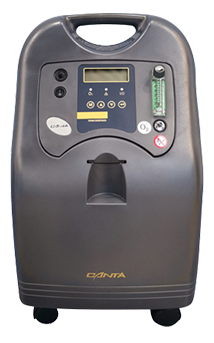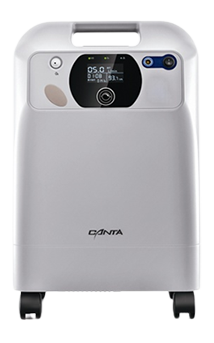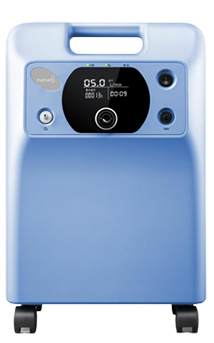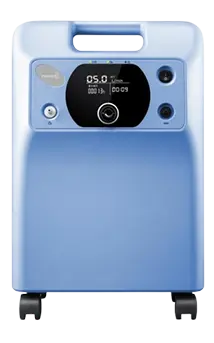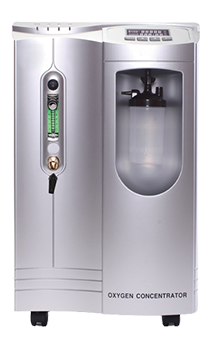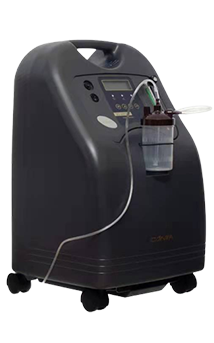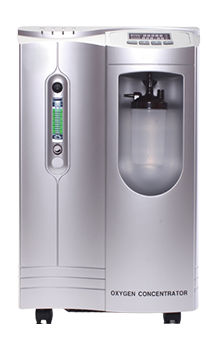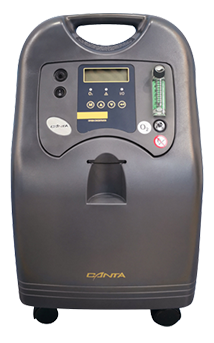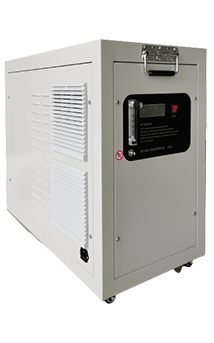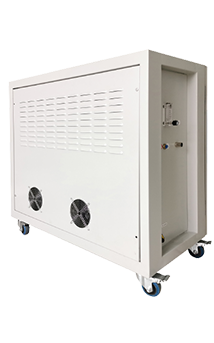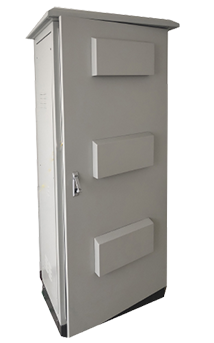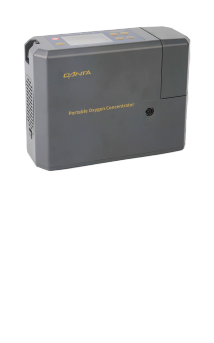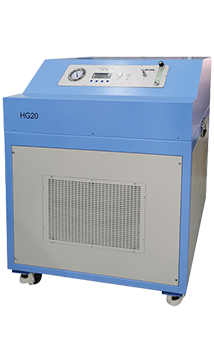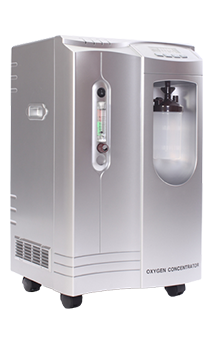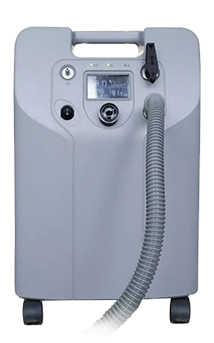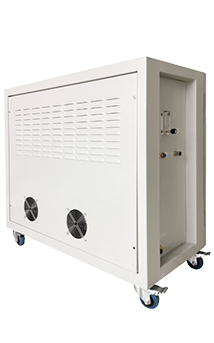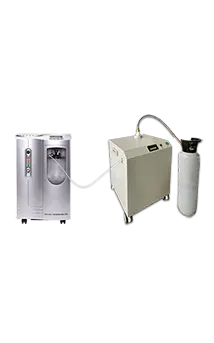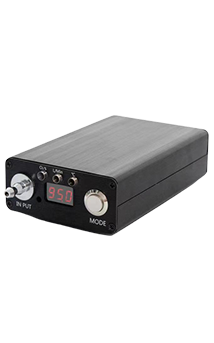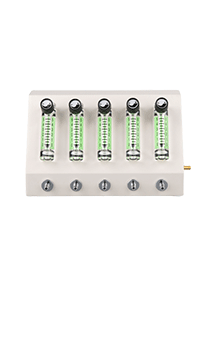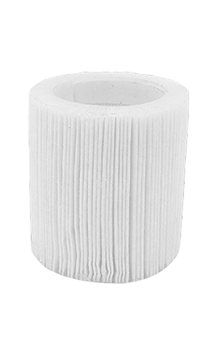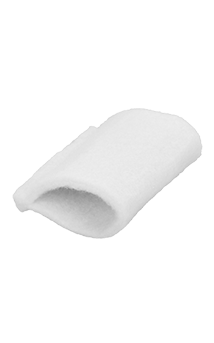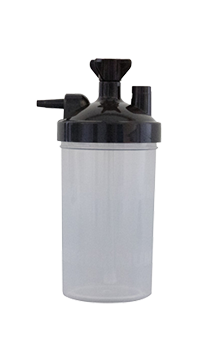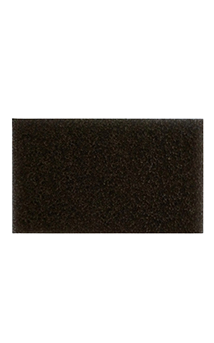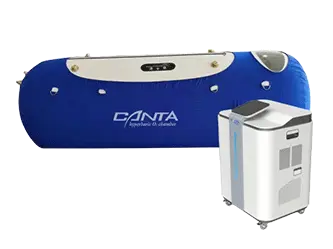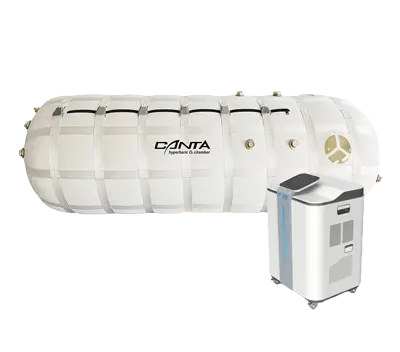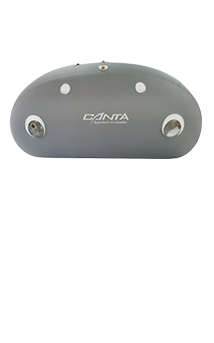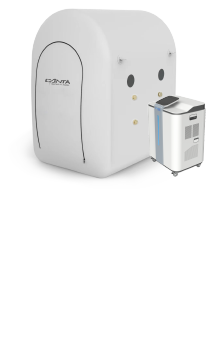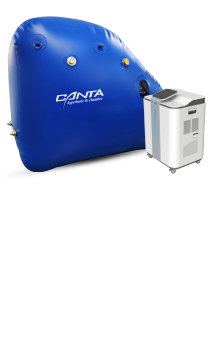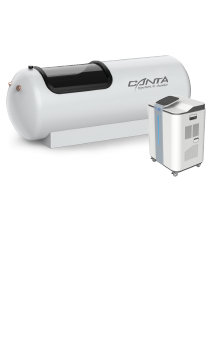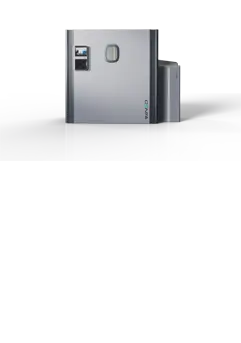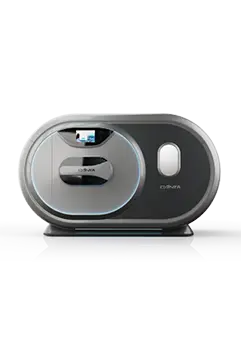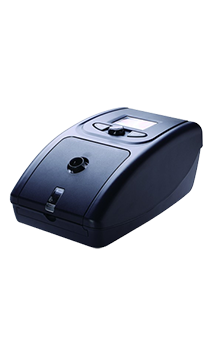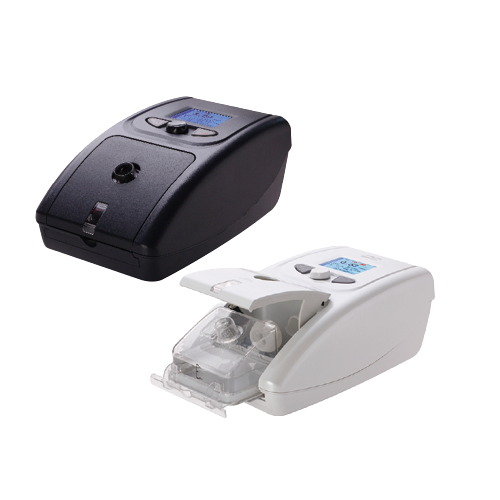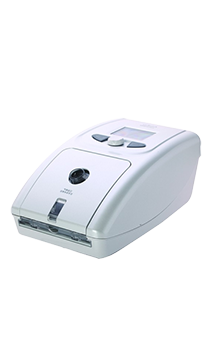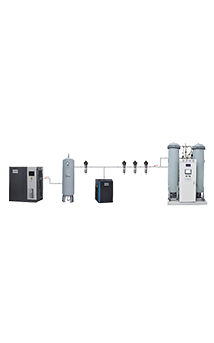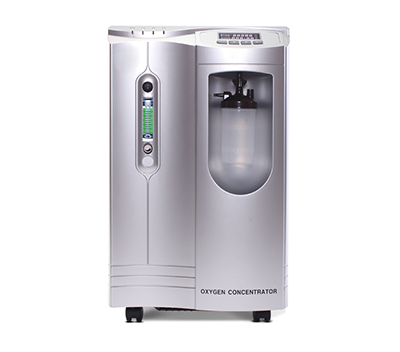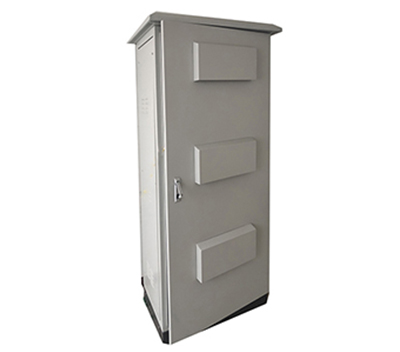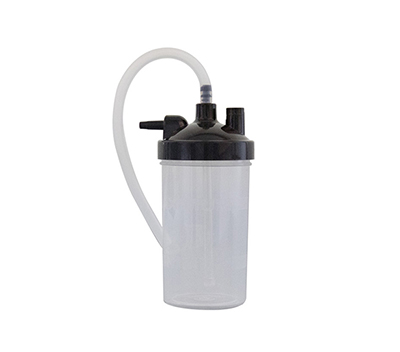In modern medical settings, oxygen concentrators are widely used in various medical and home care scenarios to provide high-concentration oxygen for patients. To ensure the efficient operation of an oxygen concentrator and extend its service life, regular maintenance and care are essential. This article will explore practical tips for the daily maintenance and care of oxygen concentrators, helping users manage their devices effectively while ensuring safe and efficient operation.
Understanding the Working Principle of an Oxygen Concentrator
An oxygen concentrator works by drawing in ambient air and using molecular sieve technology to separate oxygen from nitrogen, delivering oxygen concentrations of 90% or higher. Understanding how it works can help users perform better routine maintenance. For example, the molecular sieve is a key component of the oxygen concentrator, and its performance directly affects the machine's efficiency.
Regular Cleaning of the Oxygen Concentrator
Dust and impurities can accumulate on the surface and internal components of an oxygen concentrator, making regular cleaning a crucial maintenance step. The following are key areas to focus on:
External Cleaning: Use a soft, damp cloth to gently wipe the outer casing of the device. Avoid using corrosive or excessively wet cleaners to prevent damage to the surface.
Air Filter Cleaning: Most oxygen concentrator products are equipped with air filters that need to be checked and cleaned regularly. Inspect the filter weekly and rinse it with clean water if dust accumulates, ensuring unobstructed airflow.
Internal Component Cleaning: Every three months, it is recommended to clean the internal components of the oxygen concentrator. After turning off the machine and disconnecting the power supply, gently wipe internal parts with a clean, dry cloth, avoiding moisture contact with the circuitry.
Regular Replacement of the Oxygen Concentrator's Filters
Filters in oxygen concentrators play a critical role in preventing dust and impurities from entering the device. It is advisable to replace the filters every six months to maintain the device's optimal performance. In environments with poor air quality, the replacement interval should be shortened accordingly.
Follow the Manufacturer's Instructions
The user manual for each oxygen concentrator contains detailed maintenance and care recommendations, including periodic inspections, cleaning guidelines, and part replacement schedules. Users should strictly follow the instructions to ensure proper operation and prevent unnecessary damage.
Regular Performance Checks
Performing regular performance checks is essential to ensure the oxygen concentrator functions effectively. Users can carry out the following inspections:
Oxygen Concentration Test: Use an oxygen analyzer to periodically test the oxygen concentration output, ensuring it meets the required standards. If the concentration falls below the recommended level, contact a professional technician for inspection.
Noise and Vibration Check: During operation, the oxygen concentrator should run smoothly and quietly. Any abnormal noise or vibration may indicate internal component issues that require immediate servicing.
Tubing Inspection: Regularly inspect the oxygen tubing for blockages, cracks, or wear, ensuring the smooth delivery of oxygen to the user.
Environmental Conditions for Oxygen Concentrators
The operating environment of an oxygen concentrator should be dry, well-ventilated, and free from direct sunlight or high temperatures. Additionally, keep the device away from electrical appliances, gas sources, or flammable materials to minimize safety risks.
Professional Maintenance and Servicing
In addition to routine maintenance by users, it is advisable to schedule regular professional inspections and servicing. Technicians can detect and address potential issues early, preventing malfunctions and ensuring the long-term stability of the device. A comprehensive professional inspection is recommended at least once a year.
Proper Storage of Oxygen Concentrators
If an oxygen concentrator will not be used for an extended period, follow these storage guidelines:
Power Off the Device: Ensure the oxygen concentrator is completely turned off and unplugged from the power source.
Storage Location: Store the oxygen concentrator in a dry, well-ventilated area, avoiding exposure to moisture or high temperatures.
Protect the Device: Cover the oxygen concentrator with a dust cover to prevent dust and debris from accumulating during storage.
 EN
EN  ja
ja  ko
ko  fr
fr  de
de  es
es  it
it  ru
ru  pt
pt  ar
ar  tr
tr  th
th  da
da  fa
fa  pl
pl  ro
ro  hu
hu  el
el  af
af 
